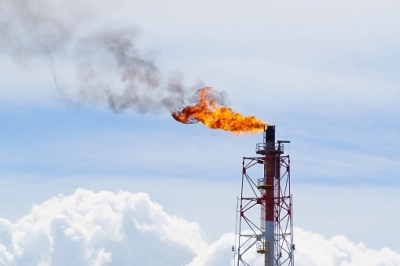Belem: Amid rising heatwaves and surging cooling demand, adopting sustainable cooling, with a strong focus on passive techniques low-energy and hybrid cooling that combines fans and air conditioners which consume little or no power, could cut greenhouse gas emissions, save trillions of dollars and expand life-saving cooling access to those who need it, a new UN Environment Programme (UNEP) report said on Tuesday.
“Global Cooling Watch 2025”, launched at COP-30 in Belem in Brazil, finds that cooling demand could more than triple by 2050 under business as usual, driven by increases in population and wealth, more extreme heat events and low-income households increasingly gaining access to more polluting and inefficient cooling.
This would almost double cooling-related greenhouse gas emissions over 2022 levels — pushing cooling emissions to an estimated 7.2 billion tons of CO2 emissions by 2050 — despite efforts to improve energy efficiency, phase down climate-warming refrigerants and overwhelm power grids during peak load.
The report suggests adopting a ‘Sustainable Cooling Pathway’, which could reduce emissions to 64 per cent — 2.6 billion tons of CO2 emissions — below the levels expected in 2050.
When combined with rapid decarbonisation of the global power sector, residual cooling emissions could fall to 97 per cent below business-as-usual levels.
“As deadly heat waves become more regular and extreme, access to cooling must be treated as essential infrastructure alongside water, energy and sanitation,” said Inger Andersen, Executive Director of UNEP.
“But we cannot air condition our way out of the heat crisis, which would drive greenhouse gas emissions higher and raise costs. Passive, energy efficient and nature-based solutions can help meet our growing cooling needs and keep people, food-chains and economies safe from heat as we pursue global climate goals. We have no excuse: it is time we beat the heat.”
Published by the UNEP-led Cool Coalition, the report is the most comprehensive assessment to date of the rapidly growing global demand for cooling and the need for climate-friendly solutions to the issue.
A Sustainable Cooling Pathway can provide access to space cooling or refrigeration, resilient buildings and urban green spaces to all, including low-income and vulnerable groups, such as smallholder farmers, women and the elderly — without exacerbating the climate crisis.
This pathway combines passive cooling strategies, low-energy and hybrid cooling that combines fans and air conditioners, rapid adoption of high-efficiency equipment and accelerated phase-down of hydrofluorocarbon refrigerants under the Kigali Amendment.
Nearly two-thirds of the emissions cuts available come from passive and low-energy solutions, reinforcing the urgency of embedding them in national policies and urban planning.
Such solutions are also highly affordable and critical for improving access to cooling for three billion more people by 2050.
If adopted, the pathway could save $17 trillion in cumulative energy costs through to 2050 and avoid up to $26 trillion in grid investment through reduced electricity demand.
(IANS)













